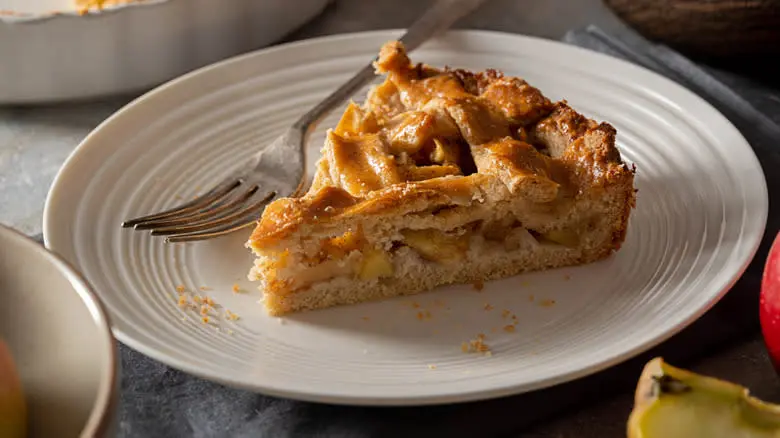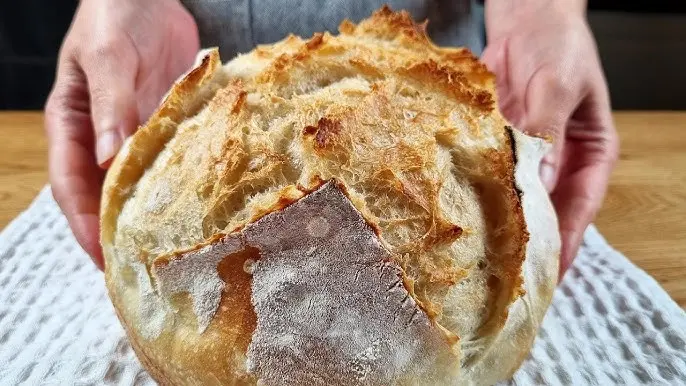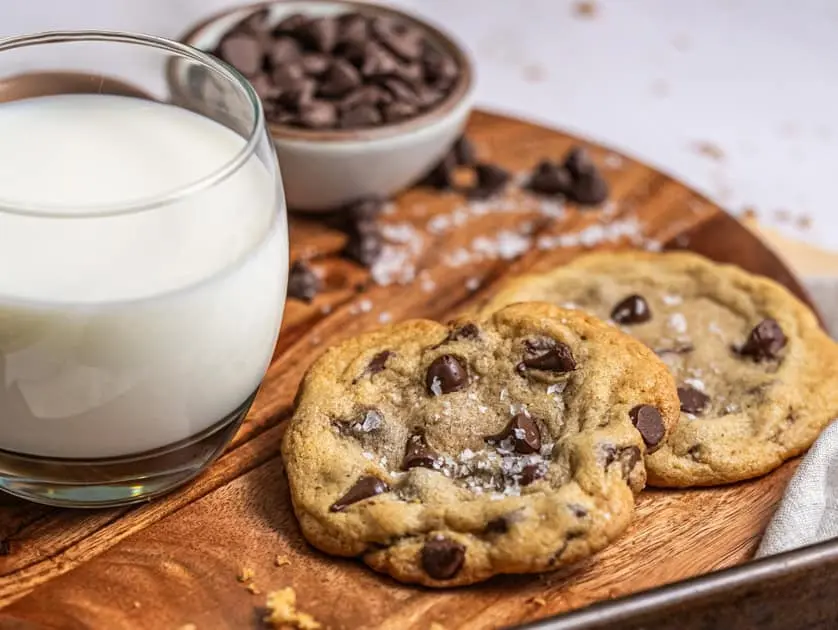The difference an egg yolk can make

What, precisely, distinguishes the yolk from the egg? What unique qualities does the egg yolk contribute that the whites do not? To begin with, egg yolks contain significantly more fat than egg whites, which are mainly composed of protein and water. Egg whites play a crucial role in stabilizing baked goods, while yolks introduce richness and moisture to your dish. Increasing the amount of egg whites can lead to a lighter, more crumbly cookie. Many cookie recipes call for whole eggs, which provide both the stability of the whites and the richness of the yolks. Adding an additional yolk can enhance the chewiness of the cookie even further.
Now, if you prefer not to add an extra yolk but still want the advantages of more yolks, you can modify the yolk-to-egg ratio. In simple terms, if your recipe requires two eggs and you want to incorporate an extra yolk, you can replace one whole egg with two egg yolks. This adjustment maintains the overall egg content in your recipe while infusing it with additional yolk richness. It’s an easy swap that can also yield creamier brownies. So, get cracking and get ready for a delightfully chewy cookie!
Recommended

The Easy Way To Make Buttercream Popcorn For Adorable Movie-Themed Desserts

The Best Way To Reheat Apple Pie For Later

How Hard Water Can Impact The Quality Of Your Cooking

The Usually Discarded Ingredient You Need For The Best Bread Ever
Next up

